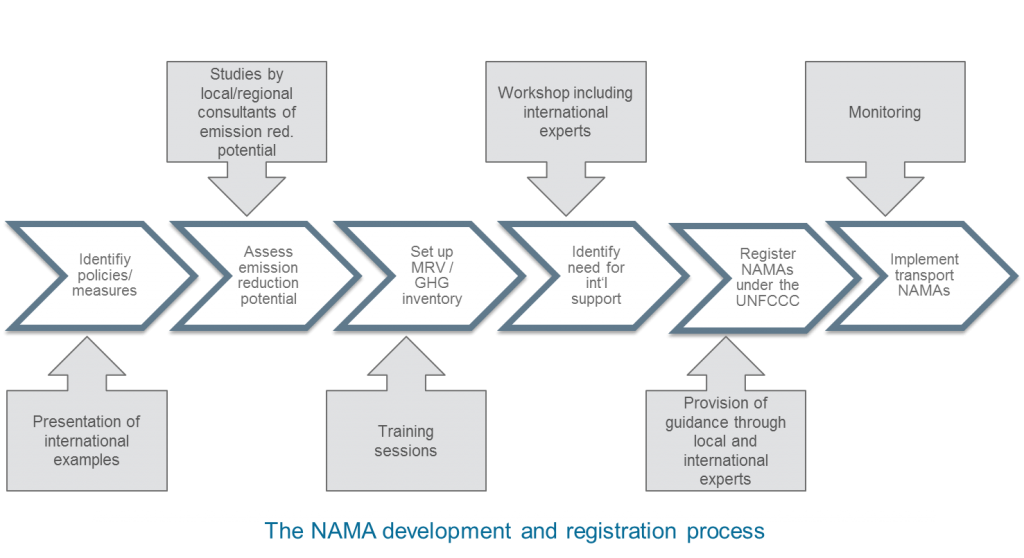“Transport differs from other problems developing societies face, because it gets worse rather than better with economic development” (Enrique Peñalosa)
The pace of globalisation is increasing, with the worlds’ major economic regions becoming ever more closely interlinked. Developments in the transport of people and goods are at the heart of this trend. As a result, transport infrastructure frequently dominates the shape of cities and landscapes – often in negative ways.
The transport sector contributes significantly to energy-related CO2 emissions, with a share of 27% worldwide. Over the past 20 years, transport has been the most rapidly increasing sector of end-use energy. By 2050 the CO2 emissions from transport are expected to grow by 70% compared 2010 levels. To meet the global goal of limiting the average temperature rise to 2°C, a significant reduction of emissions is necessary. There is enormous potential for reducing emissions in the transport sector, particularly as 90% of the energy used for transport is derived from oil.
Therefore, we assist our partner countries in designing and implementing strategies to reduce carbon dioxide emissions in the transport sector. The primary areas of focus are on improved public transportation systems, integration of transport systems in urban planning and the promotion of energy efficiency in the transport sector. According to the “Avoid-Shift-Improve” approach, there are three different ways of achieving these goals:
- Avoiding or reducing trips or travel demand, e.g. through the integration of land-use and transport planning,
- Shifting to and maintaining the market share of “low-carbon modes” or “green modes”, such as public transport and non-motorised transport, and
- Improving vehicle and fuel technology of all modes of transport to improve the environmental performance per kilometre travelled.

At the beginning, effective measures and policies need to be identified so that we can assess the emission reduction potentials. This process will be facilitated by showcasing similar projects that might serve as learning models, but also through intensive research and studies by locals.
The fundament for further calculations and effective measures is an evaluation of current greenhouse gas inventory, which we will also support by training sessions for our partner institutions. As we become enabled to monitor the effectiveness of our measures, this makes it more feasible to attract international support and register the project as a NAMA under the UNFCCC framework.
However, the implementation requires constant re-evaluation; thus monitoring, reporting and verifying the project progress will be the next steps.
Policy Identification |
MRV |
Financing |
Registration |
|||
| Read more… | Read more… | Read more | Read more |

